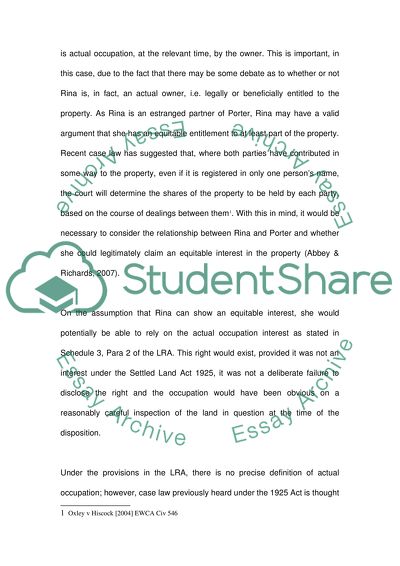Cite this document
(“Case Study on Land Law Example | Topics and Well Written Essays - 2500 words”, n.d.)
Retrieved from https://studentshare.org/miscellaneous/1500712-case-study-on-land-law
Retrieved from https://studentshare.org/miscellaneous/1500712-case-study-on-land-law
(Case Study on Land Law Example | Topics and Well Written Essays - 2500 Words)
https://studentshare.org/miscellaneous/1500712-case-study-on-land-law.
https://studentshare.org/miscellaneous/1500712-case-study-on-land-law.
“Case Study on Land Law Example | Topics and Well Written Essays - 2500 Words”, n.d. https://studentshare.org/miscellaneous/1500712-case-study-on-land-law.


